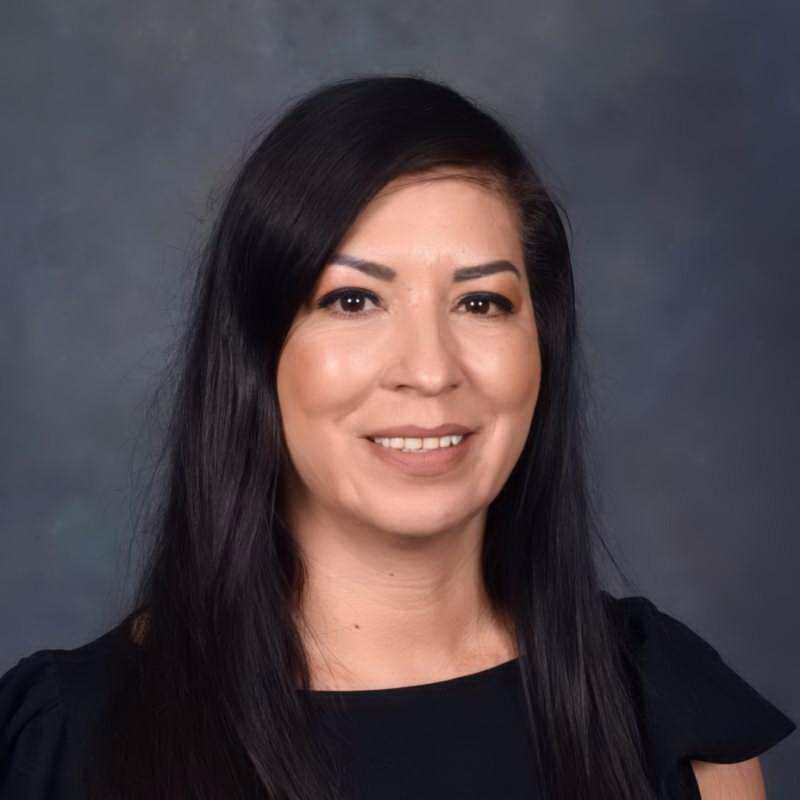Special Education

Special education in elementary school provides crucial support for children with disabilities. It's not a one-size-fits-all approach, but rather a set of services designed to meet each child's specific needs.
Who qualifies?
Federal law (IDEA) mandates that public schools provide special education to qualified students aged 3-21. Qualification involves evaluations that determine if a child has a disability impacting their learning and requires specialized instruction.
What services are provided?
Services can vary depending on the child's needs. These services will be offered after assessments to see if the child is eligible. Some common examples include:
- Resource room: Small group instruction by a special education teacher, focusing on specific skills.
- Speech-language therapy: Helps with communication skills, like speaking, listening, and understanding language.
- Occupational therapy: Develops fine and / or gross motor skills
Individualized Education Program (IEP):
This legal document outlines a student's specific needs, goals, and the services they'll receive. Parents and educators collaborate to create and update the IEP regularly.
Least Restrictive Environment (LRE):
Schools strive to educate students with disabilities alongside their peers without disabilities whenever possible. This promotes inclusion and a typical school experience.

Benefits of Special Education:
- Helps students reach their academic potential
- Develops social and emotional skills
- Increases self-confidence
- Prepares students for future success
Resources:
If you have a child you suspect might need special education, here are some resources:
- California Department of Education
- LAUSD's special education website:
- Understood.org: What is special education?:
Hamlin offers different special education programs and services to address the various needs of students with disabilities and students with IEPs.
Below are different school district documents













